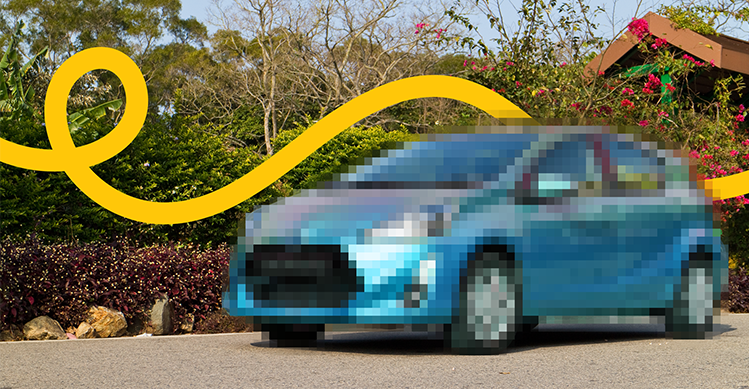One way you can improve your safety and others on the road is to ensure your driver’s seat is in the correct position. This can change from person to person and is especially important if you share a car with someone of a different height. The right seat position improves your ability to handle the car and reduces your chance of injury should you have an accident. Simply moving the seat back and forth may not be enough.
Fortunately, there’s a formula to help you get it right and lower your risk of accidents.
Your right heel should be placed on the floor between the accelerator and the brake. Your foot should be able to swivel between the accelerator and brake without lifting off the floor.
Your left heel should rest on the footrest provided in most vehicles on the left side wall of the foot well. When driving an automatic, your left heel should always remain there, and for a manual, it should rest there when not in use for the clutch.
Your back should be resting against the back of the seat and your knees should have a slight bend. Having a slight bend in your knees not only makes driving comfortable, but also provides the ability to brace, or absorb impact if you have an accident. You’ll notice if you have either too much of a bend, or if your legs are too straight, you’ll have less dexterity when changing from accelerator to brake pedals.
Move the car seat forward or back to ensure you are not too far away from the foot controls and the steering wheel.
This step is one of the most important to complete because if the steering wheel is at the wrong height, your airbags will be less effective. In most cars you can move your steering wheel up or down and in or out. In more modern cars, you can also move the car seat up and down.
The steering wheel should be lowered as much as possible without blocking your view of the dashboard. It should sit at chest height and not in front of your face.
Then, you should adjust the distance between you and the steering wheel by putting both wrists on top of the steering wheel – your elbows should be straight and your back to the chair rest. That way you’ll have a slight bend in your arms whilst driving and have enough space between you and the wheel if your airbag is deployed.
The seat belt height can be adjusted in most vehicles via a mechanism which slides up and down the inside right pillar of the car. A rule of thumb is for the seat belt adjuster to sit approximately even with your right ear.
The middle of your headrest should sit at the rounded position of your skull where it meets your spine. The headrest is important as it’s designed to support your head in a sudden impact and reduce neck injury and whip lash.
This article is intended to provide general information only, and should not be substituted for any legal, financial, or other professional advice. The information in this article is generally sourced from third-party websites and IAG New Zealand Limited does not guarantee or accept any liability for the accuracy of that information. Any references to third party websites in this article are not intended to constitute a recommendation or any endorsement by IAG New Zealand Limited.


